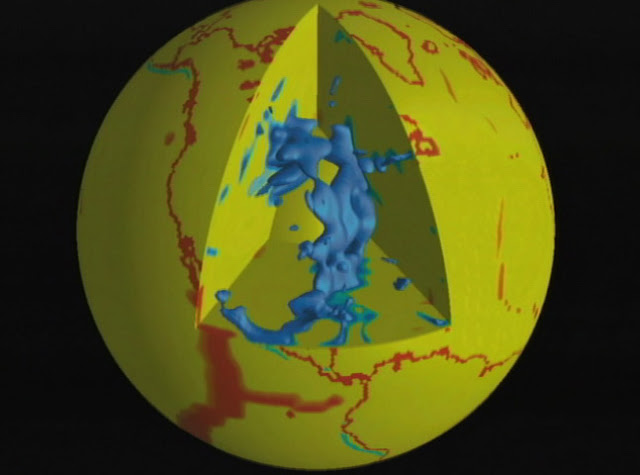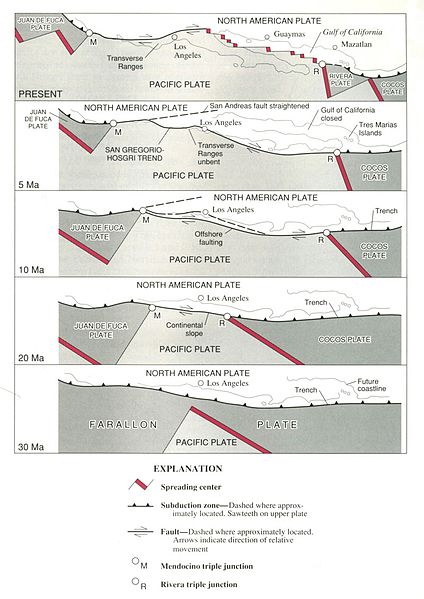

| Online: | |
| Visits: | |
| Stories: |

| Story Views | |
| Now: | |
| Last Hour: | |
| Last 24 Hours: | |
| Total: | |
Scientists Uncover Huge 1.8 Million Km2 Reservoir of Melting Carbon Under Western United States
The study, conducted by geologist at Royal Holloway, University of London’s Department of Earth Sciences used a huge network of 583 seismic sensors that measure the Earth’s vibrations, to create a picture of the area’s deep sub surface. Known as the upper mantle, this section of the Earth’s interior is recognised by its high temperatures where solid carbonates melt, creating very particular seismic patterns.
A software model by NASA of the remnants of the Farallon Plate, deep in Earth’s mantle.
He continued, “Under the western US is a huge underground partially-molten reservoir of liquid carbonate. It is a result of one of the tectonic plates of the Pacific Ocean forced underneath the western USA, undergoing partial melting thanks to gasses like CO2 and H2O contained in the minerals dissolved in it.”
As a result of this study, scientists now understand the amount of CO2 in the Earth’s upper mantle may be up to 100 trillion metric tons. In comparison, the US Environmental Protection Agency estimates the global carbon emission in 2011 was nearly 10 billion metric tons – a tiny amount in comparison. The deep carbon reservoir discovered by Dr. Hier-Majumder will eventually make its way to the surface through volcanic eruptions, and contribute to climate change albeit very slowly.
Formation of the Juan de Fuca (including Explorer and Gorda) and Cocos plates (including Rivera) and of the San Andreas Fault from the Farallon plate
“We might not think of the deep structure of the Earth as linked to climate change above us, but this discovery not only has implications for subterranean mapping but also for our future atmosphere,” concluded Dr Hier-Majumder,“For example, releasing only 1% of this CO2 into the atmosphere will be the equivalent of burning 2.3 trillion barrels of oil. The existence of such deep reservoirs show how important is the role of deep Earth in the global carbon cycle.”
Contacts and sources:
Royal Holloway, University of London
Source: http://www.ineffableisland.com/2017/02/scientists-uncover-huge-18-million-km2.html






With all these impressive tecnologies and measurements, isn’t it funny that these climate change scientists have to falsificate evidence all the time?
As a carbon based life form, I approve this carbon deposit.